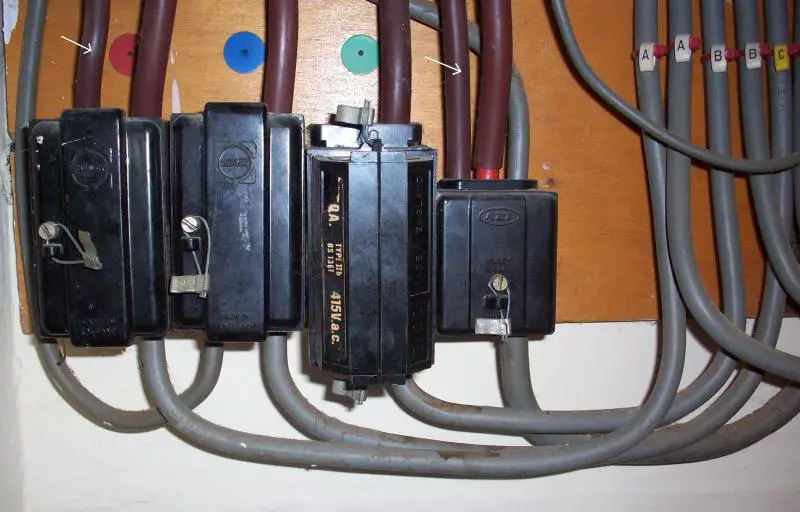- Joined
- 14 Sep 2015
- Messages
- 44
- Reaction score
- 2
- Country

If the existing supply is capable of supporting a 100A single-phase service, which you would have to ascertain from the supplier/DNO. If you needed 100A but the current supply cable is only good for 80A, then you would probably be better off opting for 3-phase on this existing supply rather than having the DNO install a new 100A single-phase supply. Any time you get involved with the DNO running in a new service cable, it will become expensive very quickly. A 3-phase board or three single-phase units would almost certainly be cheaper than having the DNO run a new cable.
Thanks - this makes sense.


